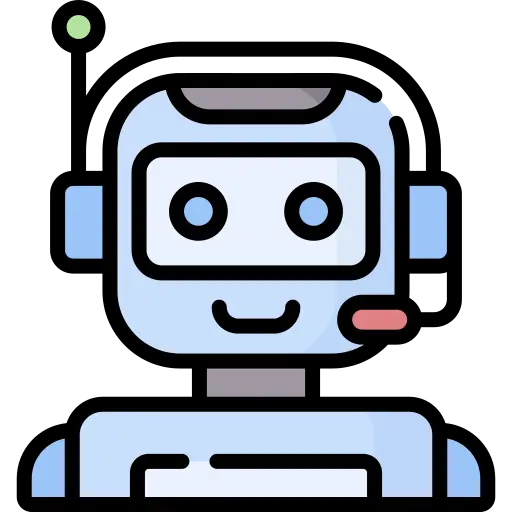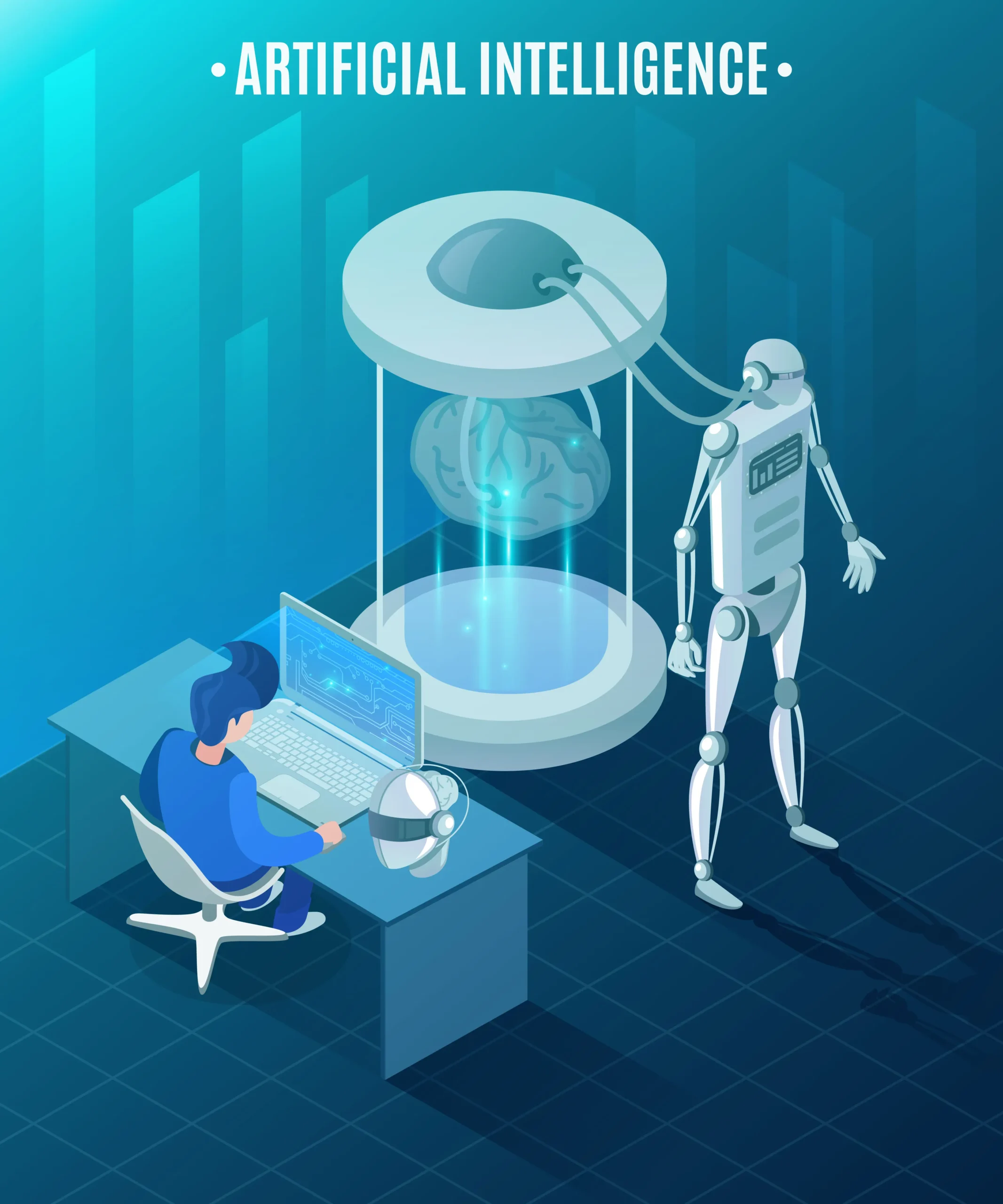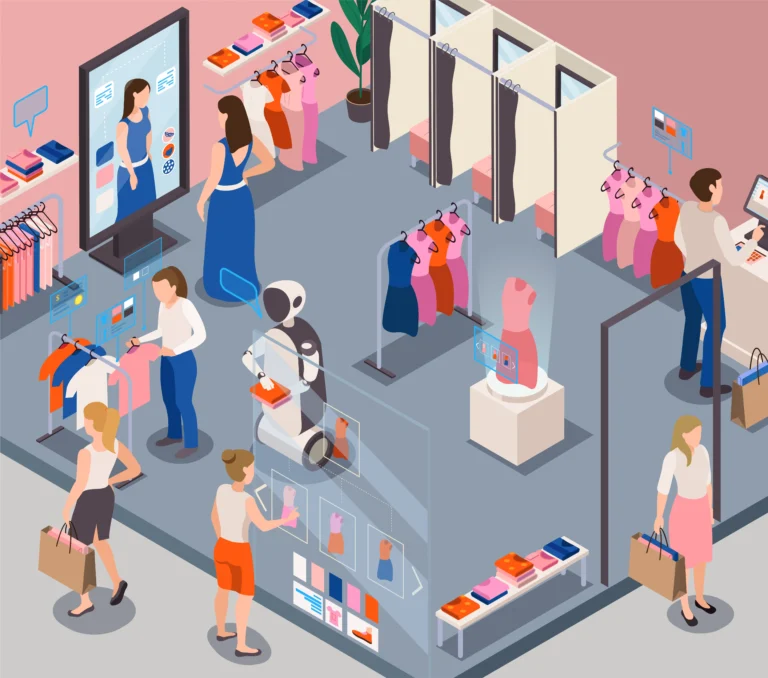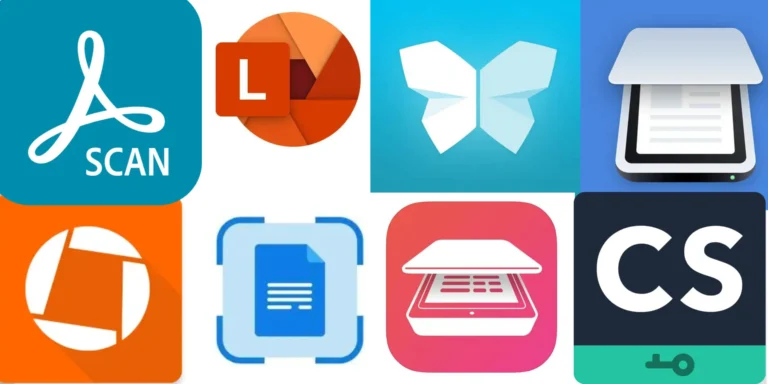Secrets of AI in Robotics: Disrupting Industries Lifetime
The fusion of artificial intelligence and robotics has opened a new realm of possibilities. Imagine machines that can learn, adapt, and make decisions all on their own. This is the reality of AI in Robotics, where cutting-edge technology empowers robots to perform tasks once thought to be the exclusive domain of humans.

Integrating AI in Robotics is propelling industries toward a future of automation and innovation. The development of industrial robots that can execute complex tasks with unparalleled precision and accuracy is revolutionizing how businesses operate. The integration of AI allows these machines to work alongside humans in dangerous or inaccessible environments, increasing safety and productivity. The advent of autonomous systems that can perform tasks with minimal human intervention is also changing the game.
In this post, we will dive into the depths of AI in Robotics and explore its various facets, from its definition to the integration of deep learning. We will uncover the impact of AI in Robotics on industries and the challenges that need to be overcome. We will also reveal the latest developments in the field and how AI is being used to unlock the full potential of robots. Join us on this journey as we unveil the secrets of AI in Robotics and how it’s disrupting industries for a lifetime.
Understanding AI in Robotics
Explanation of AI and its components
- Artificial Intelligence (AI):
- The simulation of human intelligence processes by machines, allows machines to perform tasks previously only achievable by humans.
- Machine Learning (ML):
- A subset of AI that allows machines to learn from data without being explicitly programmed.
- Deep Learning (DL):
- A subset of ML that uses neural networks to improve the ability of machines to learn and understand complex data, such as images and speech.
- A powerful tool to enhance the capabilities of robots and industrial robots by providing them with the ability to perceive and understand their environments.
Explanation of Robotics and its applications
- Robotics:
- The branch of engineering that deals with the design, construction, and operation of robots, enables machines to perform tasks that were previously only achievable by humans.
- Applications:
- Robots can be utilized in various industries such as manufacturing, healthcare, transportation, and entertainment.
- Robotics has the potential to perform tasks that are dangerous, dirty, or repetitive for humans and it’s becoming an essential part of many industries.
- With AI and machine learning integration, robots are becoming more versatile, flexible, and efficient.
- The integration of AI in Robotics is also leading to the development of new industrial robots that can perform complex tasks with high precision and accuracy.

How AI is integrated into Robotics?
- AI integration:
- The integration of AI in Robotics increases the intelligence, autonomy, and capabilities of robots.
- AI-powered robots are able to perform tasks that were previously thought to be only achievable by humans such as image recognition, natural language processing, and decision-making.
- AI Algorithms:
- AI algorithms are used to process sensor data and provide the robot with the ability to perceive its environment and make decisions.
- AI algorithms are also used to improve the ability of robots to learn and adapt to changing conditions.
- Integration of AI and machine learning is also leading to the development of new industrial robots that can perform complex tasks with high precision and accuracy.
- Benefits:
- The integration of AI in Robotics brings numerous advantages such as increased efficiency, precision, and accuracy in performing tasks.
- AI-powered robots can adapt to changing conditions and learn from their experiences, making them more versatile and flexible.
- The integration of AI also increases the safety of industrial robots, as they can detect and avoid obstacles and work alongside humans.
- Additionally, AI-powered robots have the ability to perform tasks with minimal human intervention, increasing productivity and reducing labor costs.
Advantages of using AI in Robotics
- Increased Efficiency and Precision:
- AI-powered robots can adapt to changing conditions and learn from their experiences, making them more versatile and flexible.
- The integration of AI in Robotics brings numerous advantages such as increased efficiency, precision, and accuracy in performing tasks.
- Safety:
- The integration of AI also increases the safety of industrial robots, as they can detect and avoid obstacles and work alongside humans.
- Productivity and labor cost reduction:
- AI-powered robots have the ability to perform tasks with minimal human intervention, increasing productivity and reducing labor costs.
- Integrating AI in robotics allows for the automation of tasks, leading to cost savings, improved efficiency, and consistency in operations.
- Innovation:
- AI-powered robots can perform tasks that were previously thought to be only achievable by humans, such as image recognition, natural language processing, and decision-making, this is driving innovation in various industries.
- The integration of AI in robotics is leading to the development of new industrial robots that can perform complex tasks with high precision and accuracy.
- With the integration of AI, robots are becoming more versatile, flexible, and efficient, driving innovation in various industries.

Impact of AI in Robotics on Industries
- Automation and Efficiency:
- The integration of AI in Robotics is disrupting various industries by automating tasks and increasing efficiency.
- AI-powered robots can perform tasks that were previously thought to be only achievable by humans, such as image recognition, natural language processing, and decision-making.
- Increase in Productivity and Labor Cost Reduction:
- Automation of tasks by AI-powered robots leads to an increase in productivity and a reduction in labor costs, improving the competitiveness of the industries.
- The integration of AI in Robotics also allows for the creation of new products and services that were previously not possible.
- Disruption:
- AI in Robotics is also driving disruption in various industries by replacing human labor with machines, this is leading to a shift in the workforce, where more people are needed to operate, maintain and develop AI-powered robots.
- The integration of AI in Robotics is also leading to the development of new industrial robots that can perform complex tasks with a high degree of precision and accuracy, which is driving innovation and disruption in various industries.
- Innovation:
- The integration of AI in Robotics is driving innovation in various industries, as robots are becoming more versatile, flexible, and efficient.
- AI-powered robots are also able to adapt to changing conditions and learn from their experiences, which is driving innovation in various industries.
Examples of industries that have been disrupted by AI in Robotics
- Disrupted Industries:
- Industries such as manufacturing, healthcare, transportation, and retail have already been disrupted by the integration of AI in Robotics.
- Manufacturing:
- Industrial robots are being used to increase efficiency and precision in manufacturing operations.
- The integration of AI in Robotics allows for the automation of tasks, which can lead to cost savings, improved efficiency, and consistency in operations.
- Healthcare:
- AI-powered robots are being used in surgeries and in assisting patients, which is leading to improved outcomes and reduced costs.
- The integration of AI in Robotics is also leading to the development of new medical devices and equipment.
- Transportation:
- AI-powered self-driving cars and drones are being developed, which is leading to increased safety and efficiency in transportation.
- Retail:
- AI-powered robots are being used for tasks such as inventory management and customer service, which is leading to increased efficiency and improved customer experience.
- The integration of AI in Robotics is also leading to the development of new products and services in the retail industry.
- Innovation:
- The integration of AI in Robotics is driving innovation in various industries, as robots are becoming more versatile, flexible, and efficient.
- AI-powered robots are also able to adapt to changing conditions and learn from their experiences, which is driving innovation in various industries.
Impact on jobs and workforce
- Impact on jobs and workforce:
- The integration of AI in Robotics is having a significant impact on jobs and the workforce.
- Automation and Job Displacement:
- Automation is leading to the displacement of jobs that were previously performed by humans.
- The integration of AI in Robotics is leading to a shift in the workforce, where more people are needed to operate, maintain and develop AI-powered robots.
- Creation of new jobs:
- However, it is also creating new jobs in the fields of AI and robotics, such as data scientists, AI engineers, and robotics technicians.
- Skills and retraining:
- The integration of AI in Robotics is also leading to the development of new skills and the need for retraining of the workforce.
- This is leading to the need for workers to develop new skills in order to work alongside AI-powered robots and to operate and maintain them.
- Innovation:
- The integration of AI in Robotics is driving innovation in various industries, as robots are becoming more versatile, flexible, and efficient.
- AI-powered robots are also able to adapt to changing conditions and learn from their experiences, which is driving innovation in various industries.

Note: It is important to note that the integration of AI in Robotics is also leading to the creation of new jobs and opportunities in various industries, it is not solely replacing human jobs. The impact on jobs and the workforce is complex and multifaceted, and it is important to address the issue of job displacement and retraining for the workforce in a comprehensive and thoughtful way.
Future Developments and Predictions
- Continued Disruption and Innovation:
- The integration of AI in Robotics is expected to continue to disrupt various industries in the future.
- AI-powered robots are becoming more versatile, flexible, and efficient, driving innovation in various industries.
- Advancement in Technologies:
- The development of new technologies such as 5G, edge computing, and the Internet of Things (IoT) is expected to further increase the capabilities of AI-powered robots.
- This will lead to the development of new industrial robots that can perform complex tasks with a high degree of precision and accuracy
- New Products and Services:
- The integration of AI in Robotics is expected to lead to the development of new products and services that were previously not possible.
- As the capabilities of AI-powered robots increase, they will be able to perform tasks that were previously thought to be only achievable by humans.
- Exciting Time:
- The future of AI in Robotics is set to revolutionize the way we live and work, and it’s an exciting time to be a part of this industry.
- The integration of AI in Robotics is providing businesses and individuals with the opportunity to unlock the full potential of their operations and improve the way they live and work.
- Limitless potential:
- The potential of AI in Robotics is limitless, and it’s an exciting time to be a part of this industry.
- The integration of AI in Robotics is driving innovation and transformation in various industries, and it’s only the beginning.
- With the right approach, AI in Robotics has the potential to revolutionize industries and change the world for the better. It’s time to take action and be a part of this technological revolution.
Challenges and Limitations of AI in Robotics
Technical challenges of integrating AI and Robotics
- Technical Challenges:
- The integration of AI in Robotics brings its own set of technical challenges.
- Integration of multiple technologies:
- One of the main challenges is the integration of multiple technologies such as sensors, actuators, and control systems.
- This requires expertise in multiple fields such as AI, robotics, and control systems engineering.
- Complex and time-consuming development:
- Additionally, the development of AI algorithms for robots can be complex and time-consuming.
- This requires a deep understanding of AI techniques such as machine learning and deep learning, as well as the specific requirements of the robot and the task it is being designed to perform.
- Scalability and robustness:
- Ensuring the scalability and robustness of AI-powered robots is also a challenge.
- This requires extensive testing and validation to ensure that AI-powered robots can operate in a variety of conditions and environments.
- Innovation:
- The integration of AI in Robotics is driving innovation in various industries, as robots are becoming more versatile, flexible, and efficient.
- AI-powered robots are also able to adapt to changing conditions and learn from their experiences, which is driving innovation in various industries.

Ethical and legal challenges
- Ethical and legal challenges:
- The integration of AI in Robotics also brings ethical and legal challenges.
- Negative consequences for humans:
- One of the main concerns is the potential for AI-powered robots to make decisions that can have negative consequences for humans.
- This raises ethical and moral questions about the use of AI in Robotics, and the potential for robots to cause harm to humans.
- Privacy, security, and liability:
- Additionally, the use of AI in Robotics raises questions about privacy, security, and liability.
- Ensuring that the use of AI in Robotics is in line with ethical and legal standards is a challenge that needs to be addressed.
- This requires a deep understanding of the ethical and legal implications of the use of AI in Robotics, and the development of guidelines and regulations that ensure the safe and responsible use of AI-powered robots.
- Responsible Use:
- Ensuring the responsible use of AI in Robotics is a challenge that needs to be addressed, as it is important to ensure that the use of AI in Robotics is in line with ethical and legal standards and does not cause harm to humans.
Current limitations of AI in Robotics
The current limitations of AI in Robotics include a lack of robustness, scalability, and adaptability. AI-powered robots can struggle in unstructured environments and with tasks that require a high degree of flexibility. Additionally, the development of AI algorithms can be complex and time-consuming, leading to limitations in the number of tasks that AI-powered robots can perform.
Ways to overcome these challenges
To overcome these challenges, researchers and engineers need to continue to develop new technologies and techniques. This includes the development of more robust and scalable AI algorithms, and the integration of multiple technologies such as sensors, actuators, and control systems. Additionally, a collaboration between researchers, engineers, and ethicists is needed to address the ethical and legal challenges of AI in Robotics. To overcome the limitations of AI in Robotics, researchers need to continue to work on developing more robust and adaptable algorithms and improve the ability of robots to operate in unstructured environments.
Conclusion
Throughout this blog post, we have delved into the world of AI in Robotics and explored its various aspects. We have examined how AI and Robotics are integrated, the impact of AI in Robotics on industries, the challenges and limitations that need to be overcome, and the latest developments in the field. We have also highlighted the potential of AI in Robotics to revolutionize the way we live and work.
The future of AI in Robotics is both exciting and limitless. The integration of AI in Robotics is driving innovation and transformation in various industries, and it’s only the beginning. The integration of new technologies such as 5G, edge computing, and the Internet of Things will further increase the capabilities of AI-powered robots. The integration of AI in Robotics is also expected to lead to the development of new products and services that were previously not possible. The future of AI in Robotics is set to change the way we live and work, and it’s an exciting time to be a part of this industry.
The integration of AI in Robotics is providing businesses and individuals with the opportunity to unlock the full potential of their operations and improve the way they live and work. We urge businesses and individuals to explore the potential of AI in Robotics and discover the benefits it can bring. With the right approach, AI in Robotics has the potential to revolutionize industries and change the world for the better. It’s time to take action and be a part of this technological revolution.


















